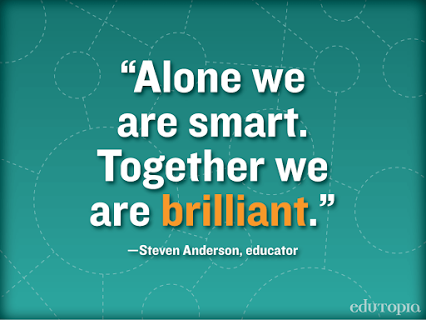 “Ultimately, leadership is not about glorious crowning acts. It’s about keeping your team focused on a goal and motivated to do their best to achieve it, especially when the stakes are high and the consequences really matter. It is about laying the groundwork for others’ success, and then standing back and letting them shine.” —Chris Hadfield
“Ultimately, leadership is not about glorious crowning acts. It’s about keeping your team focused on a goal and motivated to do their best to achieve it, especially when the stakes are high and the consequences really matter. It is about laying the groundwork for others’ success, and then standing back and letting them shine.” —Chris Hadfield
The key to improving management team performance is summarized quite nicely in the Chris Hadfield quote above. When your management team can lay the groundwork for their employees to succeed and then stand back and let them shine, the whole organization performs better. So, what should you be looking at to improve the performance of your management team?
What is their focus?
What are your managers focusing on? It can be easy for them to get caught up in focusing solely on the bottom line and forget about the employees who are contributing to that bottom line. Or, they can become so concerned with gaining recognition for themselves that they forget about the people who are really doing the work. The best management teams focus on the ‘what’ and the ‘who’. When management spends their energy on supporting their employees in determining the ‘how’ for themselves, performance improves at every level of the organization.
How are their relationships?
What kind of relationships are your managers developing? Relationships are built on mutual trust and respect; they cannot thrive in an us vs. them environment. Without strong relationships managers are ineffective. If you want to improve the performance of your management team, help them build strong, trusting, inclusive relationships.
How do they accomplish objectives?
How do your managers accomplish the objectives that you have set for them? Many managers defer to micromanagement as a means for accomplishing tasks and achieving goals. Micromanagement kills employee engagement and does more harm to productivity than good. When you put an end to micromanagement and empower employees to make decisions and take action on their own you greatly improve performance.
As Your Management Team Performs
As your management team performs, so will their employees. Make sure your managers are focusing on the right things. Help them build the relationships that lead to efficiency and top performance. Teach them to empower and support employees in accomplishing objectives rather than micromanaging them. When your management team provides the foundation employees need to succeed and can then stand back and lets employees shine, everyone’s performance improves.
What action will you take today to start improving the performance of your management team?
© 2017 Elizabeth Stincelli
Liz Stincelli is passionate about recognizing and inspiring the leader in each of us. She is the Founder of Stincelli Advisors where she focuses on helping organizations change attitudes, change communication dynamics, improve collaboration and problem-solving, engage employees, and strengthen organizational culture. Liz holds a Doctor of Management degree with an emphasis on organizational leadership.
Learn more about Liz by visiting her website, stincelliadvisors.com and connect with her on Twitter @infinitestin, Google+, and LinkedIn. You can contact her by email at stincelliadvisors@gmail.com.







